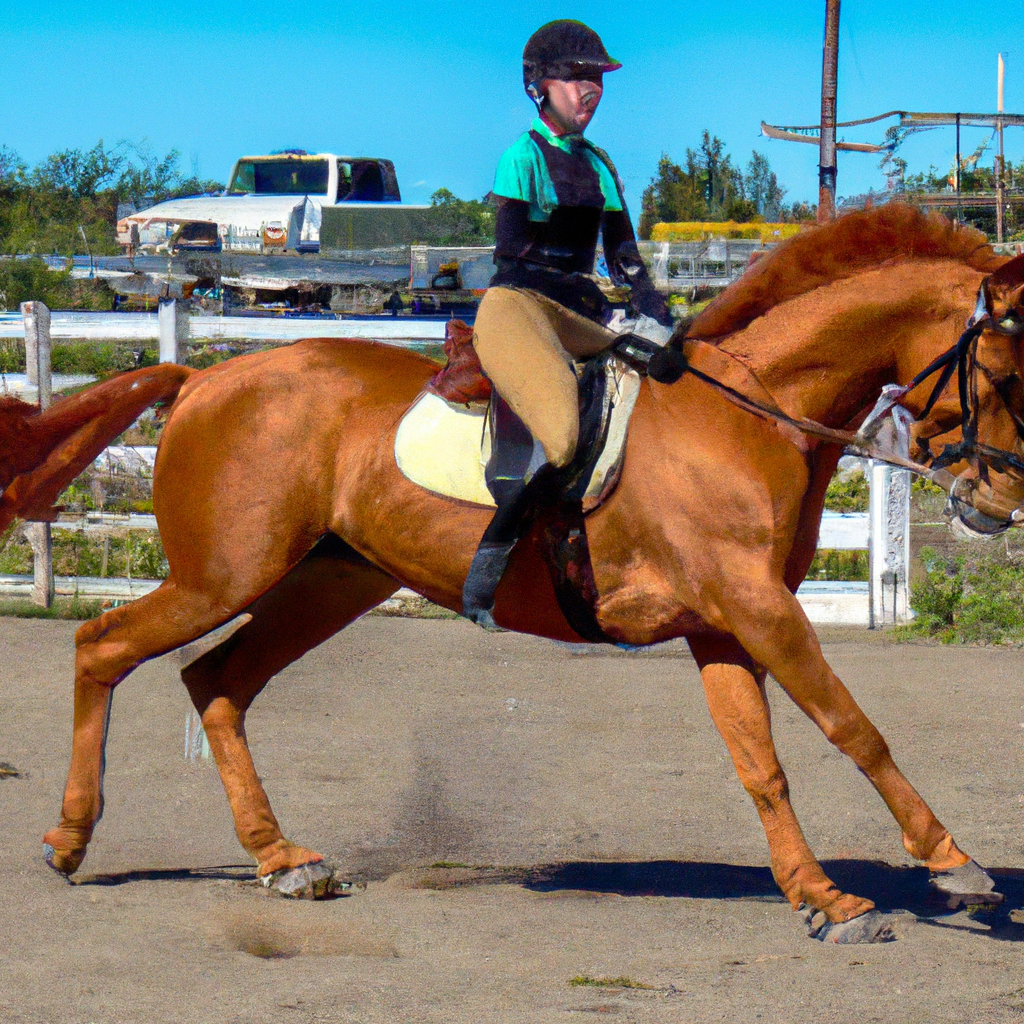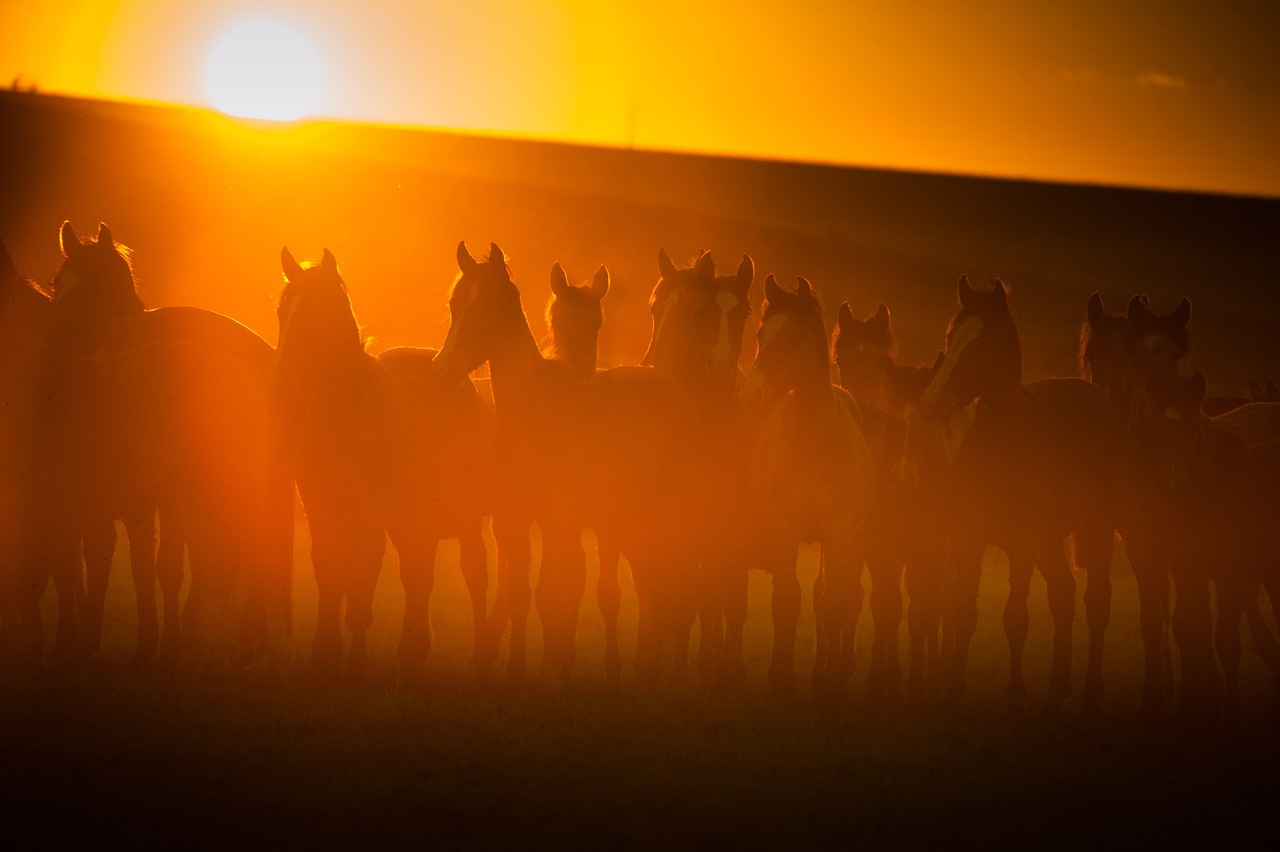Get ready to level up your equestrian abilities with “Mastering Balance with Advanced Natural Horsemanship”. This article is going to offer you the key insights of transforming from advanced beginner to a balanced rider. You’ll get to understand how to independently mount and dismount, ride at a walk, and trot the shapes of the ring while maintaining rhythm. This will gently draw you away from depending on the reins as lifelines, and instead teach you the art of maintaining your center of gravity over the horse’s – a skill pivotal to advanced natural horsemanship. By taking this journey, you’re not just learning to canter, you’re mastering balance in harmony with your horse.
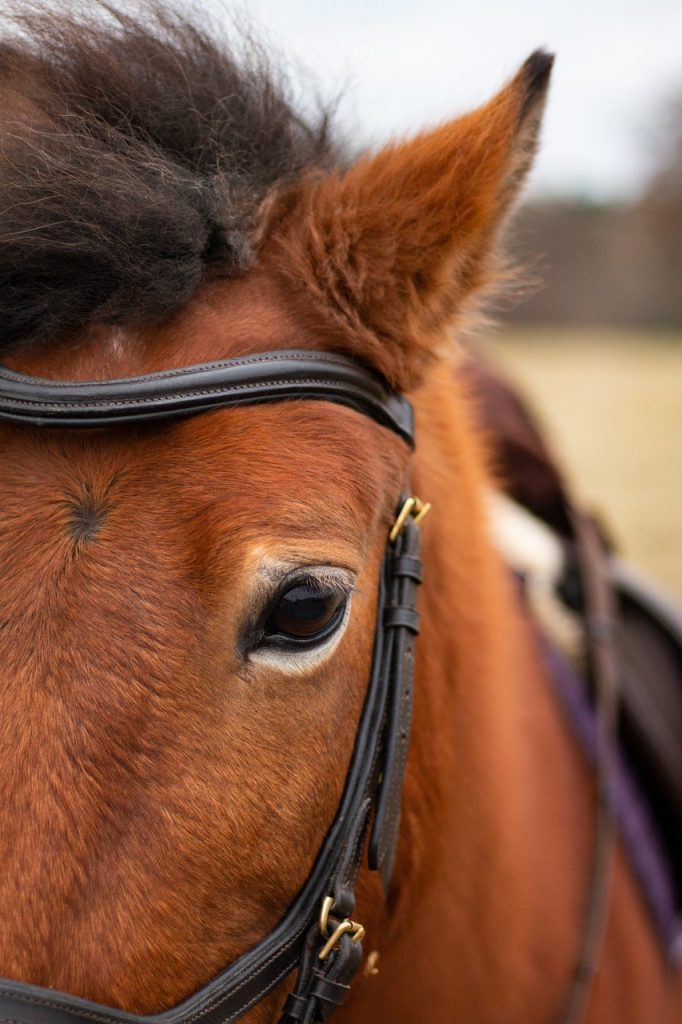
This image is property of pixabay.com.
Understanding Advanced Natural Horsemanship
The Concept of Advanced Natural Horsemanship
To truly be in sync with your horse, you need to master the principles of advanced natural horsemanship. This approach emphasizes a connection with the horse that goes beyond just commands and responses. It’s about observing, understanding, and respecting the horse’s natural behavior, instincts, and personality to build a mutually rewarding relationship. It’s about speaking the horse’s language, not teaching them ours.
Key Principles of Advanced Natural Horsemanship
The key principles of advanced natural horsemanship revolve around trust, respect, and understanding. It’s about being ‘with’ the horse, not ‘on’ the horse. It’s about observing, listening, and responding to what the horse is telling you. Patience is crucial, as is consistency and positive reinforcement. Every interaction, every response is a learning opportunity – for both you and the horse.
The Difference Between Traditional and Advanced Natural Horsemanship
Contrary to traditional horse training methods that rely mainly on domination and force, advanced natural horsemanship uses gentle, empathetic, and understanding approaches. While traditional methods often result in a horse obeying out of fear, natural horsemanship fosters a willing partnership based on mutual respect and understanding. In advanced natural horsemanship, tools and techniques are used to communicate, not to control or dominate.
Rider’s Status: The Advanced Beginner
Attributes of an Advanced Beginner Rider
As an advanced beginner rider, you’ve moved beyond the basics. You can mount and dismount unassisted, and you can maintain a rhythm while walking and trotting. You’re comfortable with various positions – halt, walk, and trot – and you’re getting ready to canter. Essentially, you’re moving from dependence to independence.
Skills to Master as an Advanced Beginner
At this level, you should be mastering balance, rhythm, position, and control. Balance is not just about staying on the horse; it’s also about synchronizing with the horse’s movements. Rhythm is about keeping time with the horse’s gait. Position, or posture, is directly linked to balance and control; maintaining an appropriate posture helps in effectively communicating your commands.
Graduating from Beginner to Advanced Beginner
Graduating to an advanced beginner status involves a marked improvement in your confidence and ability to independently handle the horse. It means you’re developing a feel for the horse’s motion and are getting aware of your own body position and movements. It also indicates that you’re moving from a basic understanding of horse behavior and communication to a more nuanced and detailed comprehension.
Balance in Horse Riding: An Overview
Importance of Balance in Horse Riding
Balance is one of the most crucial skills in horseback riding. It’s not just about staying on the horse but also about moving with the horse. Balance helps in the effective communication of commands and aids in creating a fluid, harmonious movement with the horse.
The Connection Between Horse and Rider’s Balance
The horse and rider’s balance are intertwined. When you lose balance, you impact the horse’s balance too, disrupting its movement and straining it physically. On the other hand, when you maintain your balance, it allows the horse to move freely and efficiently.
Common Misconceptions About Balance in Horse Riding
Quite often, riders believe that they stay on the horse by physically gripping the mount with their legs or using the reins as lifelines. But this is a common misconception. True balance comes from aligning your center of gravity directly over that of the horse, not by clinging onto them.
Finding Your Center of Gravity
Recognizing Your Center of Gravity
Your center of gravity is essentially your balance point, the spot where your weight is evenly distributed and you feel the most stable. In horseback riding, this corresponds to the saddle’s deepest point. Identifying and maintaining your center of gravity is crucial to staying balanced during the ride.
Aligning the Rider’s Center of Gravity with the Horse’s
For effective riding, your center of gravity should align with the horse’s. This alignment allows for smooth, synchronized movements. Any shift or misalignment can disrupt the balance, lead to unclear commands, and impact the overall flow of the ride.
Exercises to Help Identify Your Center of Gravity
There are several exercises that can help identify your center of gravity. One of the simplest techniques involves sitting straight in the saddle with relaxed muscles, then slightly swaying from side to side or front to back until you find that point of equilibrium. Practice helps refine this sense of balance.

This image is property of pixabay.com.
Achieving Balance: The Beginning
Setting Achievable Goals
Any journey, including achieving balance, starts with setting achievable goals. Rather than aiming to be perfectly balanced in a short time, break your overarching goal into smaller, manageable ones. Track your progress and celebrate your achievements, no matter how small.
Essentials of Balance
The essentials of balance in horseback riding include maintaining a proper riding posture, staying aligned with the horse’s center of gravity, and remaining aware and responsive to the horse’s movements. It also involves staying relaxed, as stiffness can disrupt your balance.
Starting Small and Building Up
Start with simple exercises to build your balance. Some beginners find that just sitting upright on a horse while it’s being led around the ring is a good starting point. Gradually progress to more advanced exercises such as trotting or cantering only when you’re comfortable and confident.
Strategies for Mastering Balance
Mental Strategies for Achieving Balance
Balance is not just a physical skill but a mental one too. Stay focused on your posture and the horse’s movements, and be patient with yourself. Expect that there will be moments when you lose balance, but remember that these moments provide valuable learning opportunities.
Physical Techniques to Enhance Balance
Physical techniques to enhance balance involve maintaining a correct riding posture, practicing transition between gaits, and performing exercises that engage your core and improve your flexibility. Remain relaxed, as tension can interfere with balance.
Role of the Instructor in Achieving Rider’s Balance
An experienced instructor plays a significant role in helping you achieve balance. They guide you, provide you with relevant exercises, analyze your strengths and weaknesses, and give corrective feedback. Remember, it’s always best to learn under a competent instructor before attempting independent riding.
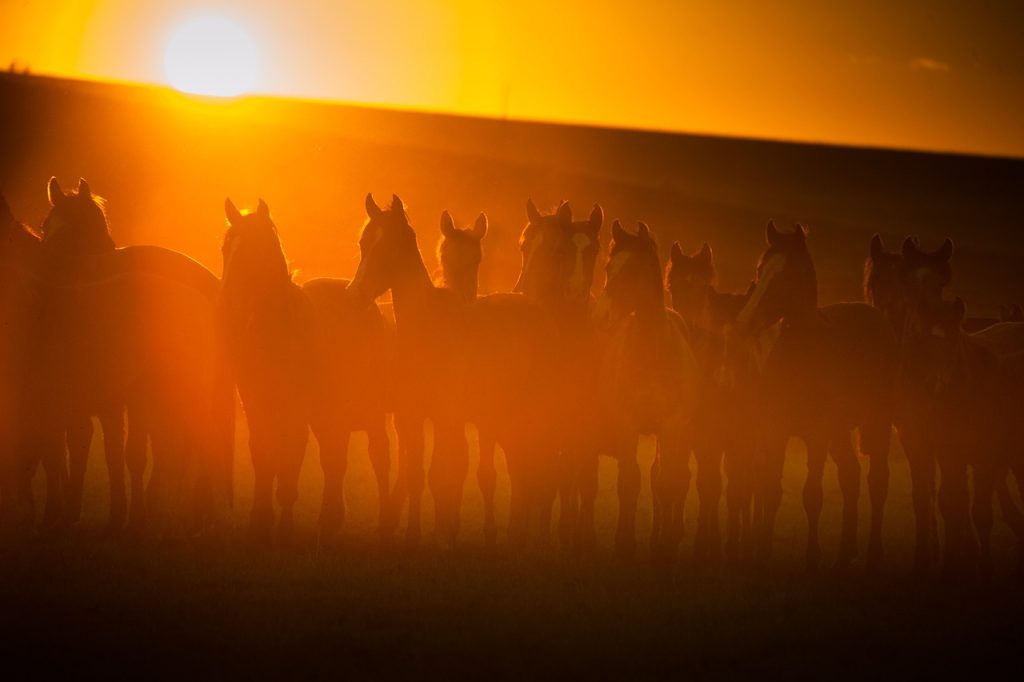
This image is property of pixabay.com.
Common Challenges in Mastering Balance
Identifying Common Obstacles
Some common challenges in mastering balance include tension, misalignment, and lack of core strength. Fear can also be a significant obstacle. Recognizing these challenges is the first step in overcoming them.
Addressing and Overcoming Challenges
To overcome these challenges, start with identifying and acknowledging them. Work with your instructor to devise a plan of action. Practice stretching and strengthening exercises, and work on developing your confidence. Most importantly, be patient with yourself.
Preventing Potential Issues
While some issues may be inevitable, many can be prevented with appropriate techniques and practices. Regularly practice balance exercises, maintain a proper posture, learn to relax, and keep your awareness on the horse’s movements. Always listen to corrections from your trainer and work to implement them.
Advanced Natural Horsemanship and Balance
How Advanced Natural Horsemanship Enhances Balance
Advanced natural horsemanship significantly enhances balance in several ways. By honing your sense of communication with the horse, you can predict and adjust to their movements. Furthermore, by fostering a deeper respect for the horse, it eases tension and promotes relaxation, which is key to maintaining balance.
Utilizing Natural Horsemanship Techniques for Balance
Natural horsemanship techniques, such as set-up exercises for transitions, can aid in achieving balance. These exercises focus on enhancing communication, reducing tension, and promoting relaxation, thereby fostering a natural equilibrium between horse and rider.
Case Studies on Advanced Natural Horsemanship and Balance
Numerous case studies testify the positive impact of advanced natural horsemanship on balance. Riders who practice these techniques report improved balance, heightened awareness of the horse’s movements, enhanced communication, and an overall enriching riding experience.
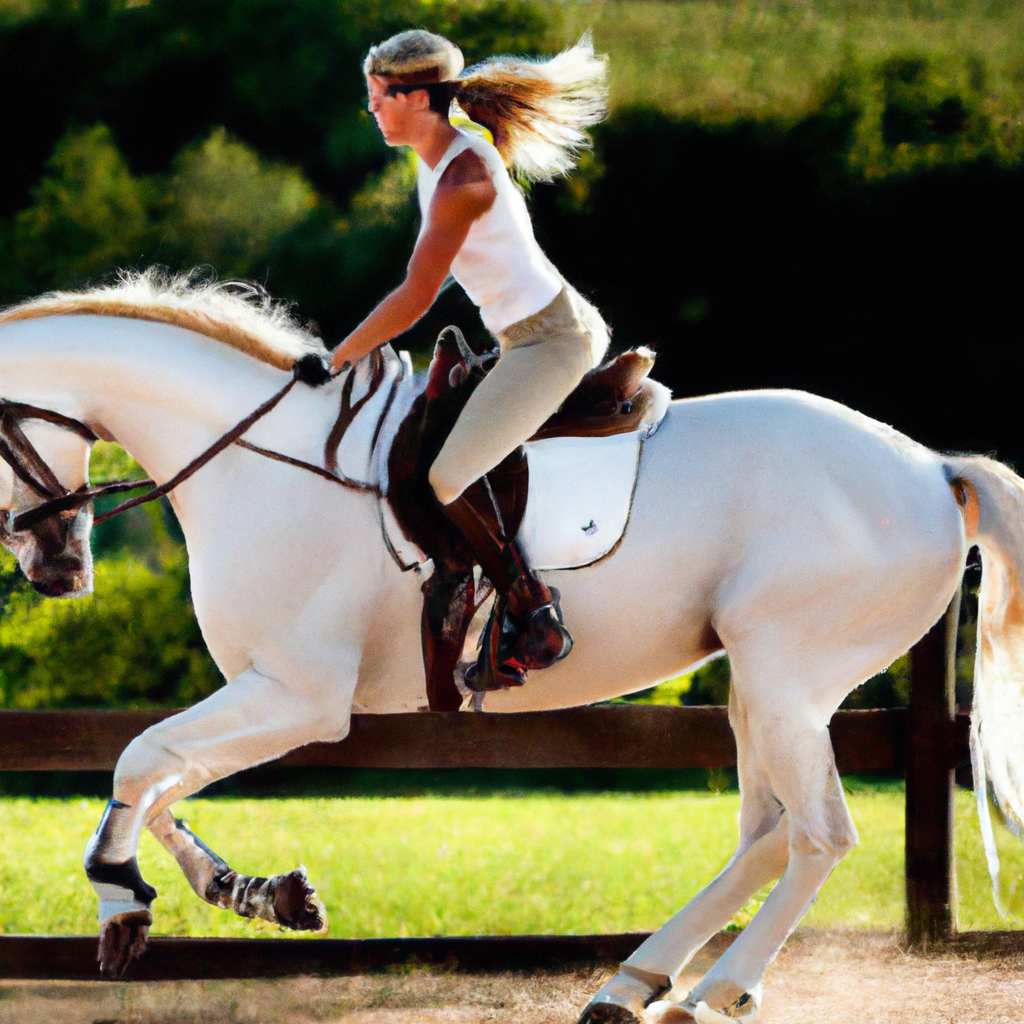
Continuous Improvement and Maintenance of Balance
Long-Term Strategies for Maintaining Balance
Balance isn’t a one-time achievement; it’s a continuous process requiring regular practice and fine-tuning. Keep refining your balancing skills, work on your core strength, and remain committed to understanding your horse more on each ride.
Signs of Progress in Achieving Balance
Signs of progress in achieving balance can include reduced tension, improved posture, seamless transitions between gaits, and an increased sense of ‘feeling’ the horse’s movements. Furthermore, a feeling of improved control without additional effort is a definite positive sign.
Keeping a Balance Journal: Tracking Your Journey
A balance journal can be a useful tool to track your journey of mastering balance. Document your rides, note your observations, wins, challenges, and insights. This can help you identify patterns, celebrate your progress, and strategize your future objectives.
Expanding Your Skills Beyond Balance
Additional Skills to Master in Advanced Natural Horsemanship
While balance is a crucial aspect, advanced natural horsemanship also includes various other skills. Learning to direct the horse using body language, fine-tuning the sense of timing, developing more nuanced aids, and enhancing the connection with the horse are all skills that significantly improve the riding experience.
Transitioning from Mastering Balance to Other Skills
Once you are comfortable with your balance, you may begin to focus on other skills. Remember that balance is the foundation upon which other skills are built. So, as you transition, keep refining your balance.
Incorporating All Skills for a Complete Riding Experience
Ultimately, advanced natural horsemanship is about incorporating all these skills for a complete, enriching riding experience. It’s about building a harmonious combination of balance, understanding, communication, and control. Thus, providing a pleasant experience for both rider and horse. Happy riding!
